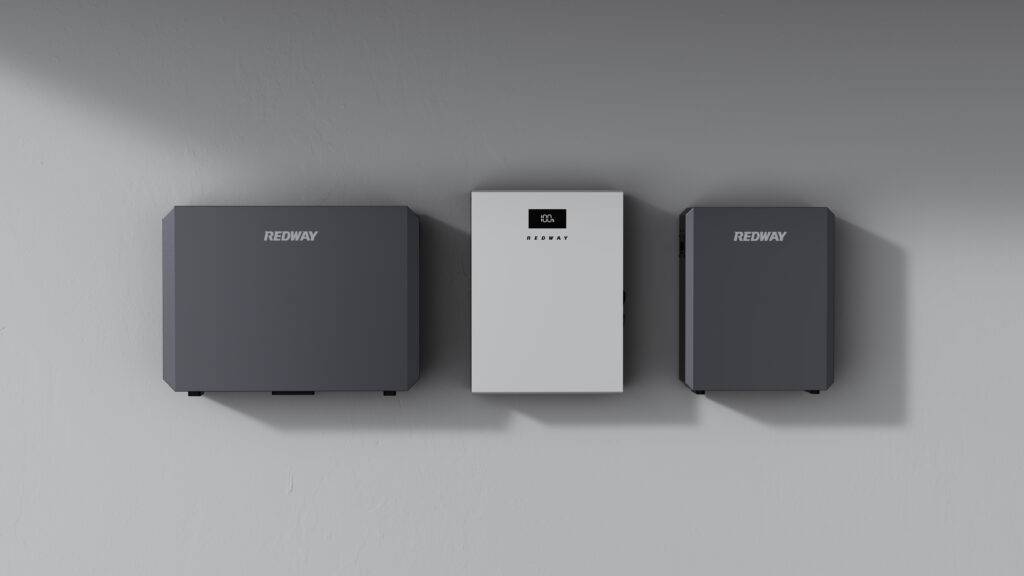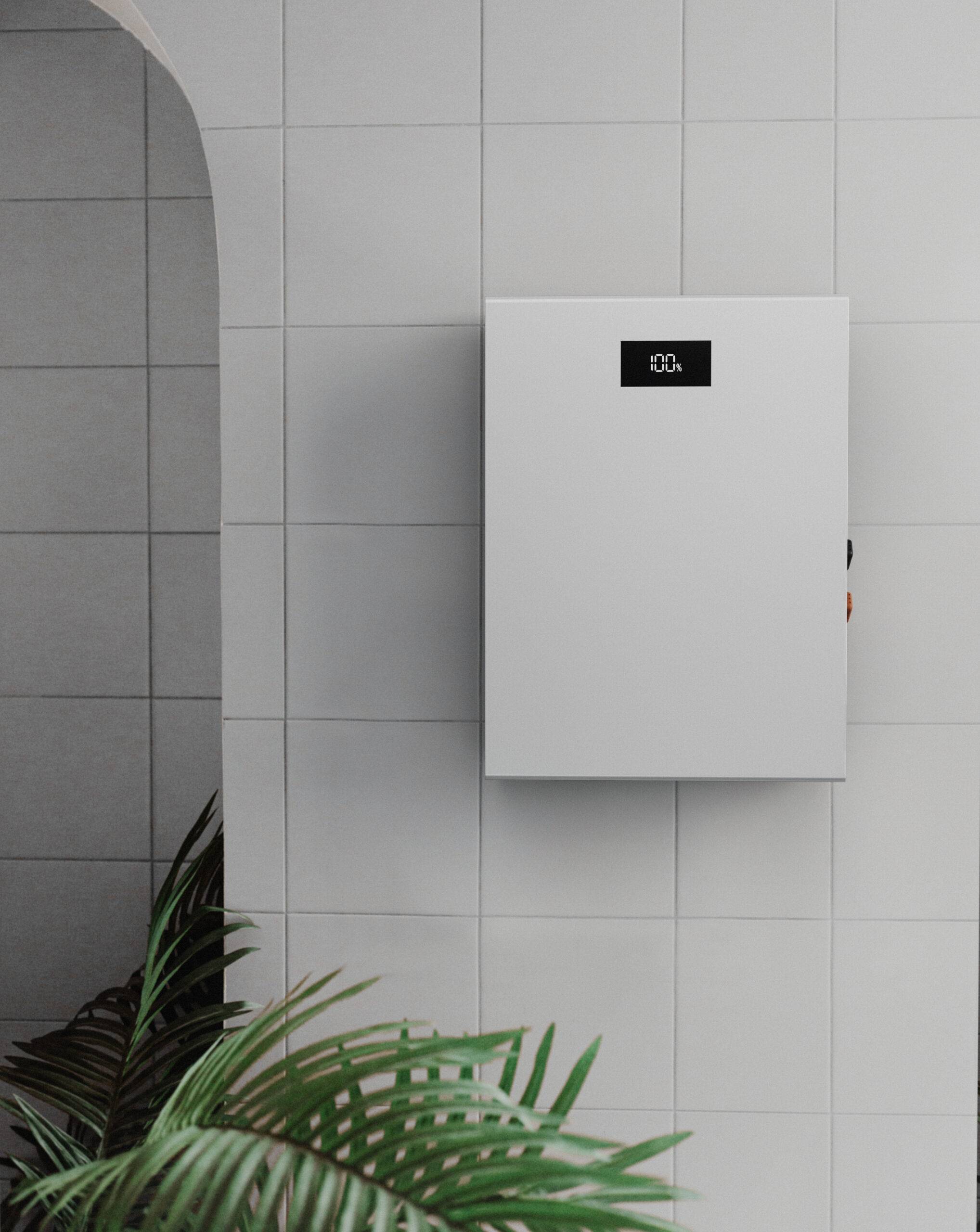Are you looking for a reliable and safe way to store energy in your home or business? Power storage walls may be the answer! These innovative systems allow you to store excess energy generated by solar panels or other renewable sources, so you can use it when you need it most. But what about safety? In this blog post, we will explore the safety features of power storage walls and how they work to ensure your peace of mind. So let’s dive in!

#post_seo_title
What are power storage walls?
Power storage walls are a type of energy storage system that allows you to store electricity for later use. These systems consist of large batteries, which can be charged using renewable sources such as solar panels or wind turbines.
One of the advantages of power storage walls is their ability to provide backup power in case of an outage. They allow you to keep your lights on and appliances running even when the grid goes down.
Another benefit is that they enable you to use more self-generated energy rather than relying solely on the grid. This can help reduce your reliance on fossil fuels and lower your energy bills over time.
Power storage walls come in different sizes and capacities depending on your needs, from small residential units to larger commercial-scale systems. They are becoming increasingly popular as more people seek sustainable solutions for their homes and businesses.
Power storage walls offer a reliable way to store excess electricity generated by renewable sources, providing greater independence from traditional utility companies while reducing carbon emissions in the process.
How do power storage walls work?
Power storage walls work by storing electricity generated from renewable sources, such as solar panels or wind turbines. The stored energy can then be used when needed, rather than relying on traditional power grids that may not always be reliable.
The process of how power storage walls work is relatively simple. When the sun is shining or the wind is blowing, excess energy is produced and stored in the battery cells within the wall system. This stored energy can then be used to power a home or building during times of low production from renewable sources.
Power storage walls are designed to integrate seamlessly with existing electrical systems, allowing for easy installation and use. The batteries within the walls are made up of lithium-ion cells which have become increasingly popular due to their long lifespan and high efficiency.
By utilizing power storage walls in conjunction with renewable energy sources, we can reduce our reliance on fossil fuels while also increasing our independence from traditional power grids.
What are the safety features of power storage walls?
Power storage walls are an innovative and sustainable solution for households to store energy from renewable sources. However, as with any other technology that involves electrical currents, safety features must be present to ensure the protection of homeowners.
One of the most important safety features is the presence of a Battery Management System (BMS). The BMS monitors and regulates the charging and discharging processes, preventing overcharging or overheating. This system also ensures that each battery cell is functioning properly before allowing the overall unit to operate.
Another crucial feature is thermal regulation. Power storage walls generate heat during operation which can cause damage or even fires if not managed properly. Manufacturers install cooling systems such as fans or liquid cooling to prevent this from happening.
In case of power outages, power storage walls have built-in emergency shutdown procedures designed to safely disconnect them from household circuits. Additionally, they come equipped with short-circuit protection measures that shut down operations in case of any electrical issues within the unit.
These safety features work together seamlessly behind-the-scenes ensuring that homeowners can enjoy clean energy without worrying about potential hazards caused by power storage units.
Are power storage walls safe?
Safety is always a top priority when it comes to using any kind of technology. The same goes for power storage walls, which are designed to store energy for later use. Many people wonder if these devices are safe or not.
The answer is yes, power storage walls are generally considered safe as long as they are installed and used properly. These systems come with various safety features that prevent overcharging, overheating, and other hazards associated with storing large amounts of electricity.
One of the main safety features of power storage walls is their built-in monitoring system. This system constantly monitors the voltage levels and temperature inside the battery module to ensure they remain within safe limits. Additionally, the batteries themselves are made from non-flammable materials that can withstand high temperatures without catching fire.
Another important safety feature is the inclusion of automatic shutdown protocols in case there’s an issue detected by the monitoring system or something else goes wrong during operation. This ensures that any potential issues can be addressed before they become major problems.
Power storage walls have proven themselves to be a safe option for homeowners looking to store excess energy generated by solar panels or wind turbines on-site. As long as proper installation guidelines are followed and regular maintenance checks performed on these systems periodically – they should operate safely without posing any significant risks to users’ homes or health.
Conclusion
Power storage walls are a safe and efficient way to store energy for use in residential, commercial, or industrial applications. By storing solar power during the day and using it at night, these systems help reduce our reliance on traditional fossil fuels while providing reliable electricity.
The safety features of power storage walls are essential to ensure that they operate safely and effectively. These features include thermal management systems that prevent overheating, advanced battery management systems that monitor cell voltage and temperature levels, and protective enclosures to prevent accidental contact with live components.
While no system is entirely risk-free, advancements in technology have made power storage walls safer than ever before. With proper installation and maintenance by qualified professionals, homeowners can enjoy peace of mind knowing their families are protected from any potential hazards associated with these systems.
In summary, power storage walls offer numerous benefits for those looking to reduce their carbon footprint or save money on energy bills. With safety features built-in as standard practice nowadays – like thermal management systems – they provide a reliable source of renewable energy without sacrificing safety or efficiency.


